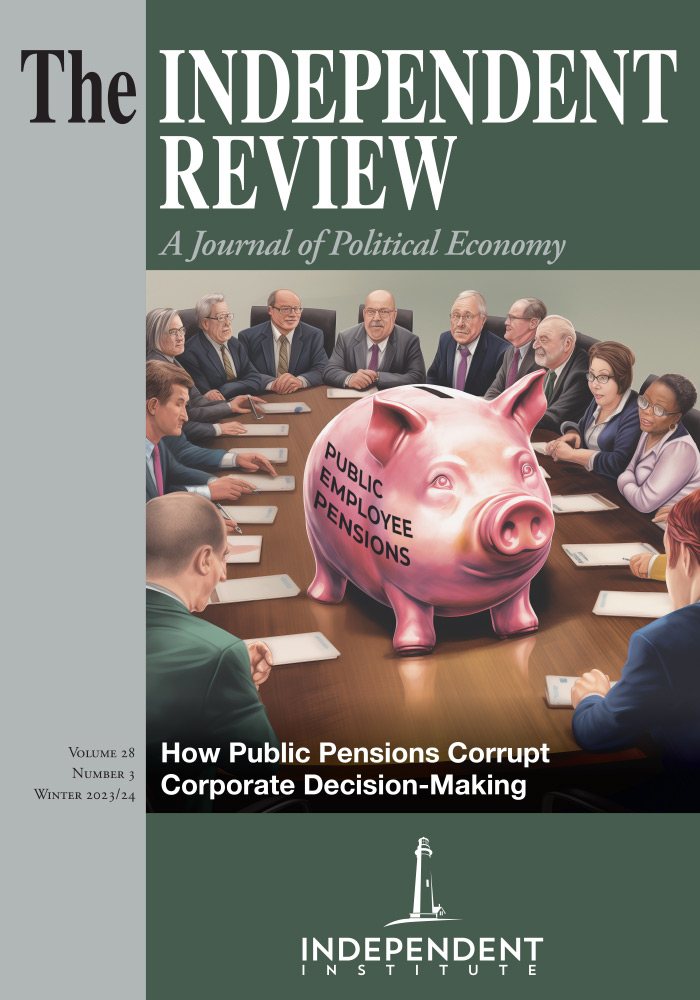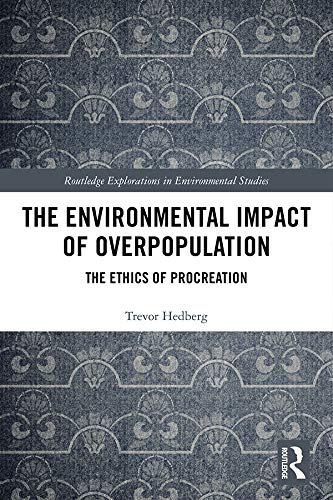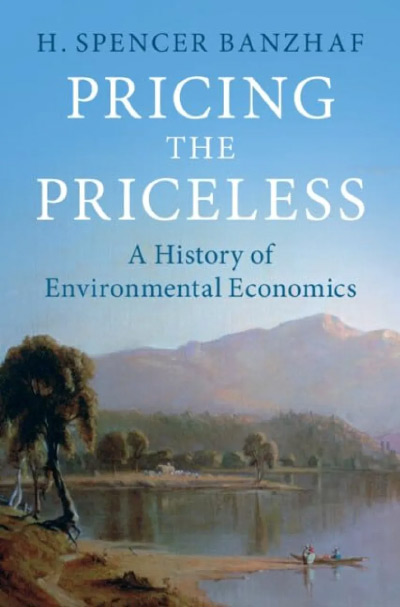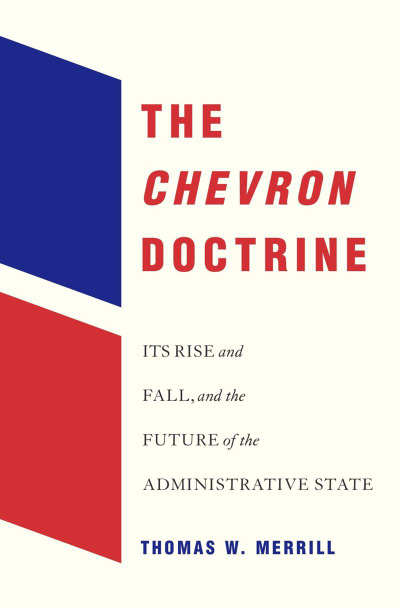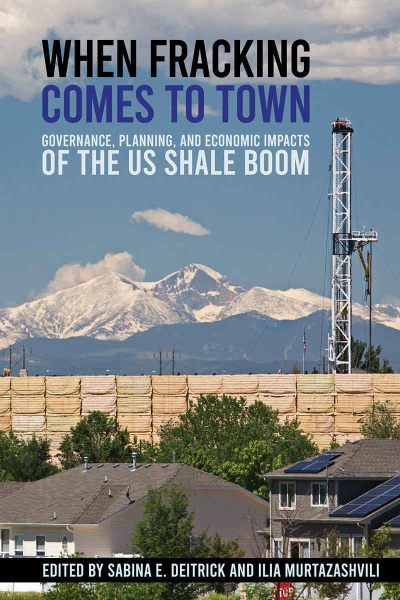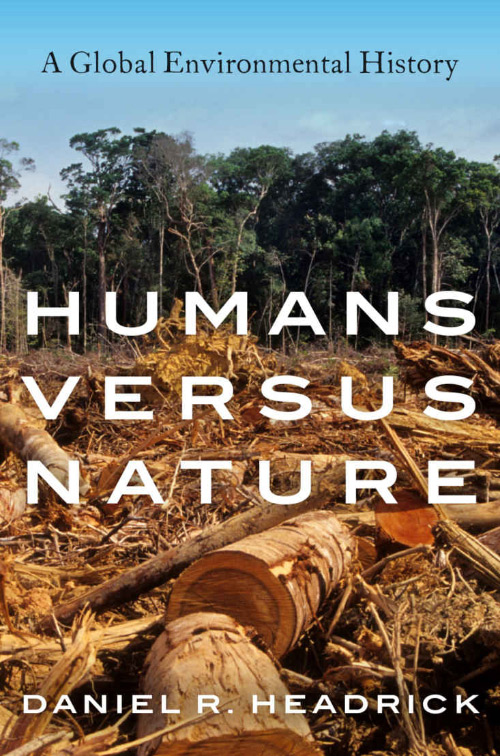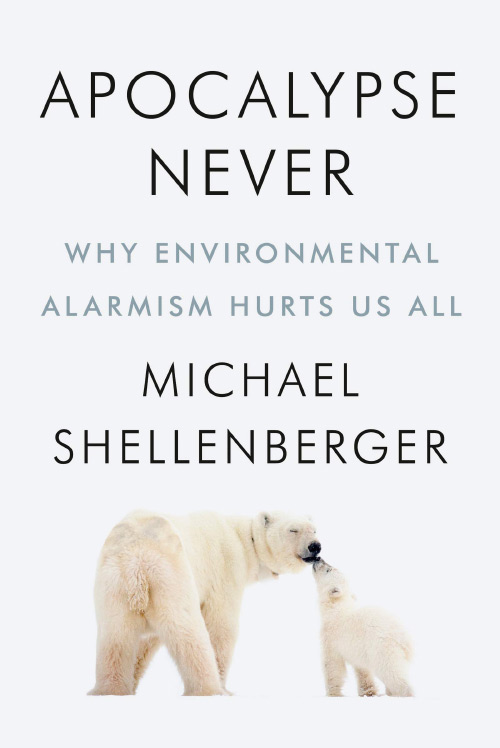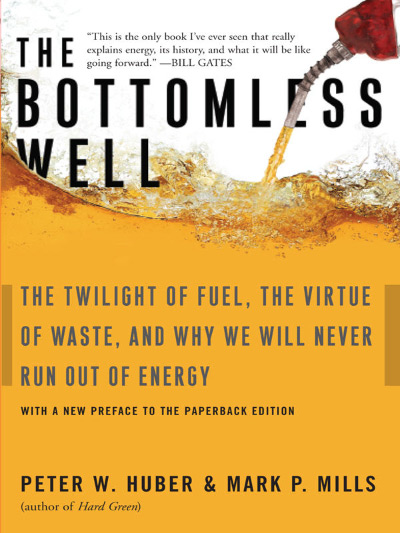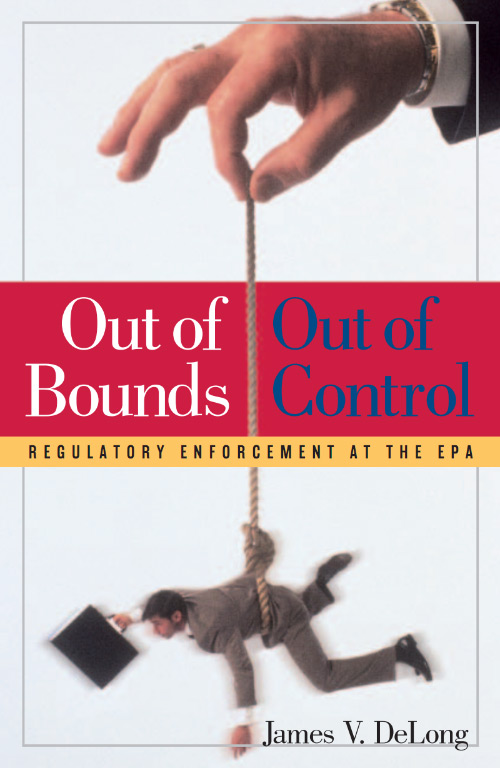Although I do not find his argument convincing, the primary virtue of The Environmental Impact of Overpopulation is that Trevor Hedberg’s logic is very clear. He develops his case to reduce the world’s population, adopt policies to reduce birth rates, and convince readers not to become parents this way (pp. 33–34):
- We morally ought to avoid causing massive and unnecessary harm to presently existing people.
- Our moral duties of non-harm are just as stringent toward future people as they are toward present people.
- Thus, we morally ought to avoid causing massive unnecessary harm to future people.
- If we do not dramatically reduce our current levels of environmental degradation, then we will cause massive and unnecessary harm to future people.
- Therefore, we morally ought to dramatically reduce our current levels of environmental degradation.
- The anthropogenic environmental degradation caused by a human population is the product of the population size and the average rate of environmental degradation per person.
- Thus, we morally ought to reduce our population size, reduce the average rate of environmental degradation per person, or reduce both our population size and the average rate of environmental degradation.
- There is no morally permissible way to reduce population size enough to adequately respond to our environmental problems if the average rate of environmental degradation per person remains unchanged.
- There is no feasible way to reduce the rate of environmental degradation per person enough to adequately respond to our environmental problems if our population size remains at its current size or continues to grow.
- Therefore, we morally ought to both reduce our rates of environmental degradation per person and reduce our current population size.
- We morally ought to reduce our current population size.
Although some readers will agree with these premises and reach these conclusions, I do not. I strongly disagree with arguments 4 and 9, and also see problems at other steps.
Hedberg argues that “if we do not dramatically reduce our current levels of environmental degradation, then we will cause massive and unnecessary harm to future people.” In fact, he argues that “environmental degradation”—primarily the impacts attributed to the emissions of greenhouse gases—is already killing millions of people and if trends continue will kill billions of people in the future. This pessimism is belied by the fact that global life expectancy has soared in the past century and the use of fossil fuels has played a key role in rise, as it has allowed us to reduce the costs of clean water, food, shelter, and a range of other things that have made us healthier. A glimpse at the numbers at Our World in Data might take your breath away. Global life expectancy in 1913 was only 34.1 years. This rose to 46.5 years in 1950, 53.9 years in 1965, 60.6 years in 1980, 64.9 years in 1995, 71.1 years in 2010, and 72.8 years in 2019. (Yes, there was a downward blip after 2019 due to the COVID pandemic—and there was a larger downward spike in late 1950s due to China’s misnamed “Great Leap Forward.”) Taken as a whole, these numbers destroy the idea that environmental degradation is already killing millions of people. The forces that have driven this increase in life expectancy and soaring standards of living are unlikely to disappear, so I would be willing to wager that life expectancies will continue to rise well into the future. The economic prosperity that has swept the globe also punctures Hedberg’s pessimistic assertion that “there are almost 800 million people in the world who are undernourished ... and as population grows, it will only become more difficult to feed those in need” (p. 15). Rather, as population has grown, it has become less difficult to feed those in need. The share of people who are undernourished was about 13 percent in 2001 and is now about 9 percent. Likewise, the number of people living below the World Bank’s extreme poverty line fell from 1.9 billion in 1990, to 1.2 billion in 2008, to 700 million in 2020—even as the world’s population has increased by more than fifty percent. Hedberg laments that earth “has a limited quantity of farmable land” (p. 14), but ignores the fact that as population has continued to rise, global land used for agriculture peaked around 2000 and is falling.
Yes, it is possible that some people are dying and will die because of a rise in the frequency of hot days, but this ignores the fact that fewer people will die as the number of cold days declines. As Patrick Brown reports in “Human Deaths from Hot and Cold Temperatures and Implications for Climate Change,” that’s what has been happening in the past two decades—the drop in cold-related deaths has been greater than the rise in heat-related deaths, and we’ve gotten better at dealing with the heat due to things like air conditioning. Qi Zhao and co-authors (2021, “Global, Regional, and National Burden of Mortality Associated with Non-optimal Ambient Temperatures from 2000 to 2019: A Three-stage Modelling Study,” Lancet Planetary Health 5, e415–e425) estimate that annual heat deaths average about 489,000 globally, but annual cold deaths average about 4,594,000—that’s 9.4 times more cold-related deaths than heat-related deaths. In every region of the world cold deaths far exceed heat deaths, most remarkably in Sub-Saharan Africa where there are an estimated 1,070,000 million cold deaths and only 18,000 heat deaths each year. Hedberg spends time speculating about deaths from massive hurricanes, but these numbers are so low they cannot be the source of worries about “massive” harm to future people.
Suppose that all these trends reverse, and environmental degradation does cause massive harm to future generations. In that case, Hedberg’s argument for the obligation to reduce human population still fails because his ninth proposition is probably incorrect. It states that “there is no feasible way to reduce the rate of environmental degradation per person enough to adequately respond to our environmental problems if our population size remains at its current size or continues to grow.” He suggests that fixing these environmental problems will require a “miracle” (p. 56). And yet there are likely to be many feasible ways to reduce environmental degradation. Perhaps the simplest and far-reaching is solar geoengineering—such as spreading sulfur dioxide high in the atmosphere to reflect more solar radiation and, thus, cool the planet. This low-cost response has been widely discussed but Hedberg dismisses it in a sentence. Even if solar geoengineering is not used, there are a host of adaptations individuals, businesses, and governments are making—and will continue to make—to changes in climate. We are an adaptable and forward-looking people.
Hedberg knows this argument, spending three pages on the ideas of economist Julian Simon, who saw humans as the “ultimate resource.” He characterizes Simon’s argument this way: “he assumes that technological solutions to problems of scarcity will always be found within a viable timeframe. That has been the case many times in the past, but what justifies assuming that it will always happen regardless of the circumstances?” (p. 58, emphasis added). However, Hedberg’s overall argument about the need to reduce population doesn’t hinge on us always finding a technological solution (“techno-optimism”), it hinges on finding a solution this time to this problem—and whether using these solutions (perhaps solar geoengineering, but perhaps something else) is wiser than Hedberg’s solution—drastically reducing population and implementing policies to sharply discourage people from having children. He recognizes some problems from shrinking population—fewer workers to care for the elderly and precarious fiscal realities, for example—but essentially brushes them off.
How should we reduce procreation, according to Hedberg? He values human freedom, so his proposals aren’t as harsh as some environmentalists’ proposals—and he is loath to repeat draconian policies of forced sterilizations and abortions in places like China and India. He concludes a chapter on “Policies That Promote Smaller Families” by arguing that “we should make every effort to increase access to contraception and family planning services, improve sex education, and promote gender equality: these measures would lead to lower fertility rates while also increasing procreative autonomy. Preference-adjusting interventions through media campaigns, so long as they are not done deceptively, should also be undertaken to counteract pronatalist values” (p. 78, emphasis added). “Every” sounds like a scary word in this context. He is much less sanguine about incentive-based schemes, such as taxes and subsidies, as they “encounter a number of obstacles—both moral and practical” (p. 78).
In other words, his policy proposals are likely to have only a small marginal impact on fertility rates. However, as I read it, he sees the philosopher’s job as convincing people of a moral obligation to have fewer children, which he turns to in what may be the most important chapter of The Environmental Impact of Overpopulation. He asks prospective parents to consider the grave harms that their choice to procreate will cause. One source he cites (John Nolt, “How Harmful Are the Average American’s Greenhouse Gas Emissions?” Ethics, Policy and Environment 14, no. 1: 139–65) estimates that the lifetime greenhouse gas emissions of the average American are responsible for the severe suffering or death of one or two future people. Another (John Broome, Climate Matters: Ethics in a Warming World, New York: Norton) estimates that lifetime emissions of a person from a wealthy nation will “wipe out more than six months of healthy human life” (p. 85). Do you want to reduce your carbon footprint? If so, not having a child—not creating someone with a large carbon footprint—is the most effective way, Hedberg argues. “For the person living in the developed world, not having an additional child would (on average) save 58.6 tonnes of CO2 equivalent annually. The next highest impact action ... living car free ... would save an average of 2.4 tonnes ... If this calculation is accurate, then choosing to have one fewer child is 24 times more effective at reducing one’s carbon footprint than living without a car!” (p. 87–88).
Such numbers may be very convincing to some would-be parents—although the estimate of lifetime emissions wiping out six months of healthy human life probably won’t be. The prospective parent will likely reason something like this: “Suppose I can create a life that will bring the joy of eighty or more years of living to the world and the ‘cost’ is that someone else’s child might live six fewer healthy months. That’s a pretty small cost: 960 months on the benefit side and only six on the cost side. Besides, my child is likely to do a lot of good for the world. Isn’t he or she likely to offset that six-fewer-months-of-healthy-life-from-environmental-damages in a lot of other ways?” Indeed, this is a massive blind spot in Hedberg’s thinking. He considers the external costs of another child and gives scant attention to the external benefits, which are surely non-trivial.
Hedberg concludes that “the standards for justifying procreation are much higher than most people believe” (p. 125, emphasis in the original). I hesitate to ask this question, but if his own mother had read his book, would she have been convinced by his argument? Would she have decided not to procreate? And to whom exactly does one “justify” this decision? Oneself? The philosopher? The community? The state? God? It is not clear. God, in any case, is not to be seen in Hedberg’s arguments. Since most people in the world believe in God, this is an odd omission, especially if the goal is to convince people not to have children and religions tend to be “pro-natal.” Hedberg might have done better to discuss standard arguments about the importance of procreation raised by religious-minded people, rather than implicitly debating only other philosophers and ethicists, especially those that hold anti-natal views saying that no one should have children.
In some sense, Hedberg’s mission is to scare people out of becoming parents by highlighting (inflating?) the harms to others and risks to the children themselves. Total fertility rates are on the decline, and I suspect that part of this is due to the scare factor. This summer, my wife and I went to a sales meeting while staying at a timeshare. During the chit-chat, our sales rep, Brianna, commented that she was recently engaged but didn’t think she should have any children. She had just seen Jim Caviezel’s movie, The Sound of Freedom, about sex trafficking of children and didn’t want this fate for her child. We explained to her that this is incredibly rare and shouldn’t carry weight in her decision in any important manner. We explained to her the joys of parenting, the joys of caring for and loving your own children, something we were made for. Trevor Hedberg doesn’t put much stock in these arguments, but it was clear that Brianna did. Hedberg leaves the question of why God created people out of his story. People like Brianna don’t.
Hedberg makes many provocative points in The Environmental Impact of Overpopulation, including an argument against high levels of immigration to wealthy nations like the U.S. When immigrants from poor countries come to the U.S., their carbon footprints grow exponentially and they become the killers that we already are, he reasons. Environmental ethics can make for strange bedfellows.
He closes by noting that “feelings of despondence and helplessness are understandable reactions to our current situation, but they should be resisted” (p. 162). He has it backwards. If people do feel despondent, they won’t have children. And an increasing number of younger people are feeling despondent, depressed, and anxious due to complex social changes, which helps explain the ebb in total fertility rates. Despondency is the ultimate anti-natal policy. Feelings of despondence should be resisted because the world is a good place to live in—especially when parents love their children and teach them to avoid lies about what makes for a good life.
| Other Independent Review articles by Robert M. Whaples | ||
| Summer 2024 | The Journey of Humanity: The Origins of Wealth and Inequality | |
| Summer 2024 | Of Boys and Men: Why the Modern Male Is Struggling, Why It Matters, and What to Do About It | |
| Summer 2024 | These United States: Our Nation’s Geography, History and People | |
| [View All (96)] | ||

